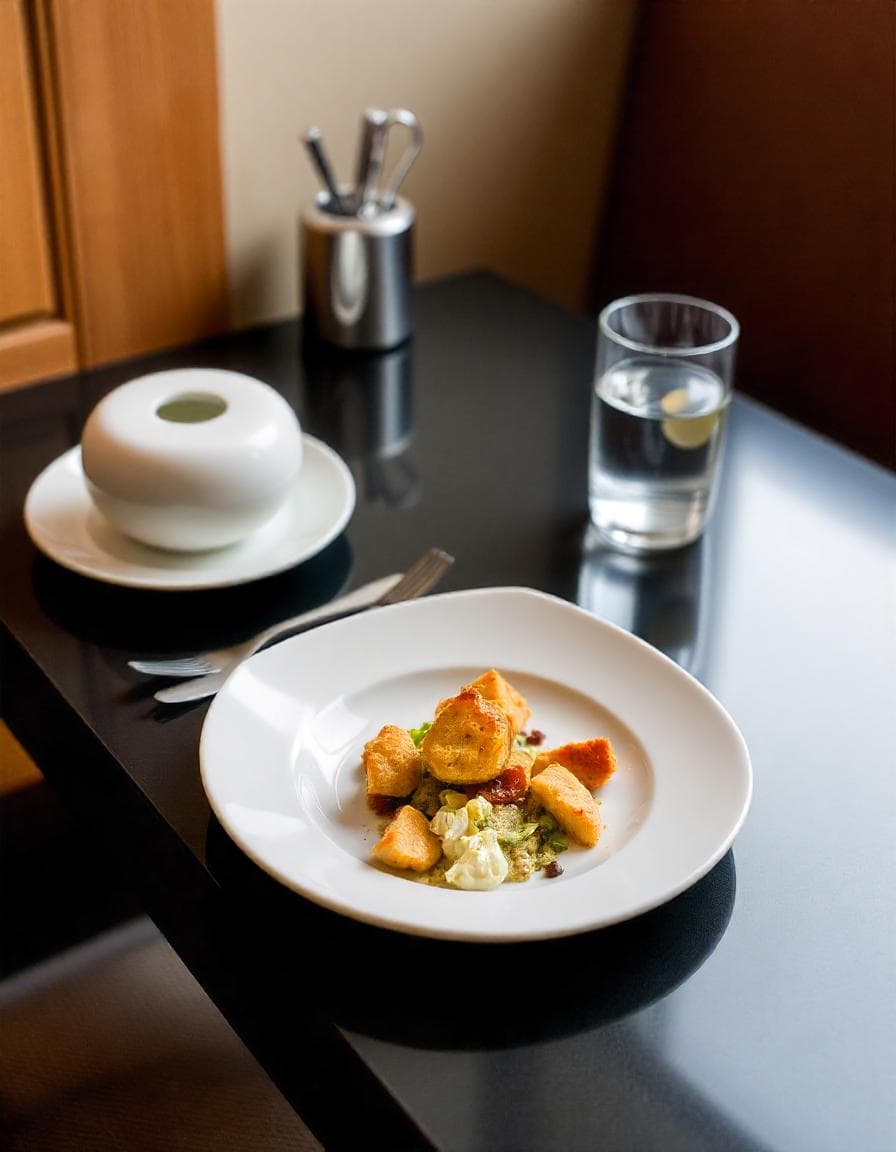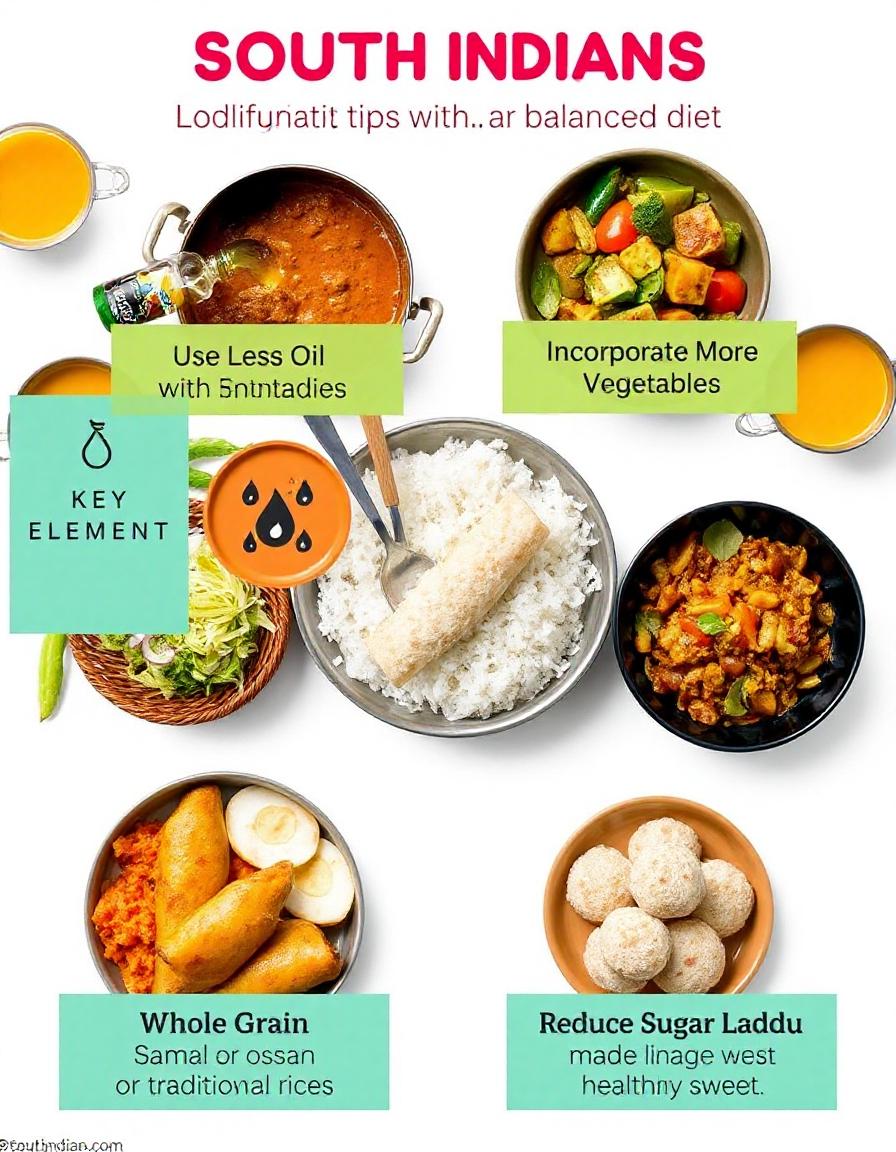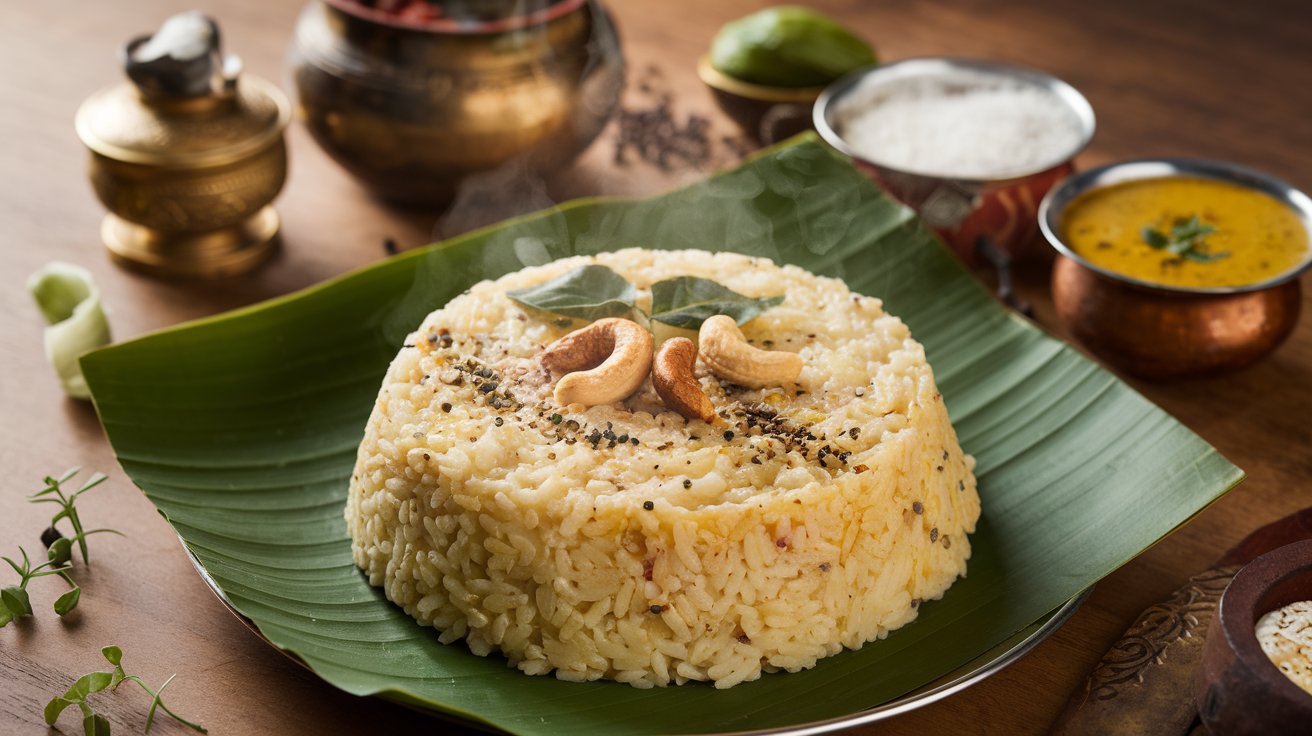

Join the Newsletter
Dive into quick, nutritious recipes, expert health tips, local food finds, and the latest in nutrition. Let’s explore healthier living together!
Mindful Eating: Tips for Developing a Healthier Relationship with Food

Affiliate Disclosure
Before reading this post, please be aware that some links in this article are affiliate links. This means that if you click on one of these links and make a purchase, we may earn a commission at no additional cost to you. We only promote products and services that we believe will be beneficial to our readers.
For more information, please read our full Affiliate Disclosure.
Introduction
Mindful Eating: Tips for Cultivating a Healthier Relationship with Food

In the whirlwind of daily life, eating often becomes a mindless activity. It offers a refreshing change, focusing on engaging fully with each meal. This approach isn’t just about the food you consume but also about how you experience and enjoy it. In this article, we’ll explore the essence of mindful eating, its numerous benefits, and practical tips to help you foster a more conscious and satisfying relationship with your food.
Core Principles of Mindful Eating

Being Present During Meals
It centers on the principle of being fully present at mealtimes. This means engaging with your food on a sensory level—observing its appearance, texture, and aroma, and savoring each bite. By eliminating distractions and focusing solely on your meal, you can enhance your eating experience.
Embracing Non-Judgmental Awareness
An important aspect of mindful eating is adopting a non-judgmental mindset. Instead of categorizing foods as “good” or “bad,” mindful eating encourages you to appreciate each food item for its role in your diet. This approach fosters a healthier, more balanced attitude towards food.
Tuning into Your Body’s Signals
Listening to your body’s hunger and fullness cues is a fundamental principle of mindful eating. By paying attention to these signals, you can make more informed decisions about when to eat and how much to consume, helping to avoid overeating and promote a healthier eating pattern.
Advantages of Mindful Eating

Enhanced Digestive Health
Practicing mindful eating significantly enhances your digestive health. Eating slowly and chewing your food thoroughly aids your digestive system in breaking down food more effectively, leading to fewer digestive issues and a more comfortable eating experience.
Increased Meal Satisfaction
It can also enhance your overall satisfaction with meals. By fully engaging with your food and savoring each bite, you can find greater enjoyment in smaller portions, which may help in managing portion sizes and preventing overeating.
Improved Emotional Well-being
A mindful approach to eating can positively impact your emotional health. By fostering a balanced and appreciative relationship with food, you can reduce feelings of guilt and anxiety, leading to a more positive and relaxed attitude towards eating.
Practicing Mindful Eating

Setting Up a Calm Eating Space
To practice mindful eating effectively, create a peaceful eating environment. Choose a quiet area free from distractions like TV or smartphones. This setting helps you concentrate on your meal and enhances the overall dining experience.
Eating Slowly and Minimizing Distractions
Take your time with each meal, eating slowly to fully appreciate the flavors and textures of your food. Refrain from multitasking, like using your phone or watching TV, as it can diminish the quality of your eating experience.
Observing Hunger and Fullness Signals
Pay close attention to your body’s hunger and fullness signals. Eat when you’re truly hungry and stop when you feel satisfied. This mindful approach helps regulate portion sizes and promotes a more intuitive eating practice.
Getting Started with Mindful Eating

Establishing Practical Goals
Begin with achievable goals to ease into mindful eating. For example, you might start by practicing mindfulness during one meal a day and gradually expand to more meals as you become more comfortable with the practice.
Using a Food Diary
A food diary can be a valuable tool in mindful eating. Document your meals, noting how you feel before and after eating, and any patterns or insights you observe. This approach allows you to pinpoint areas needing improvement and monitor your advancement.
Embracing Gratitude Practices
Pause before each meal to acknowledge and appreciate your food. This practice can enhance your eating experience and deepen your appreciation for the nourishment you receive.
Overcoming Common Challenges

Addressing Emotional Eating
Emotional eating can be a significant obstacle. To address this, use mindfulness techniques to identify and manage emotional triggers. Consider exploring alternative coping strategies, such as journaling or seeking support from a counselor.
Navigating Social Dining Situations
Social settings can make mindful eating challenging. Communicate your intentions with friends or family and focus on enjoying the company. Practice mindfulness by savoring each bite and staying present in the moment.
Managing Eating Amidst a Busy Schedule
For those with busy lifestyles, find ways to incorporate mindful eating into your routine. Prepare simple, nutritious meals in advance or practice mindfulness during quick meals. The key is to integrate mindfulness into your eating habits as seamlessly as possible.
Effective Mindful Eating Techniques

Implementing the 5-3-1 Strategy
The 5-3-1 strategy involves spending 5 minutes preparing your meal, 3 minutes appreciating it before eating, and 1 minute reflecting on the experience afterward. This method helps you slow down and engage more deeply with your food.
Engaging in a 10-Minute Mindfulness Routine
Incorporate a 10-minute mindfulness routine before each meal. This might include deep breathing, focusing on hunger cues, or visualizing your food. It sets a mindful tone and prepares you to fully experience your meal.
Leveraging Mindfulness Apps
Several apps offer guided mindfulness exercises that can support your mindful eating practice. These tools provide reminders and guidance to help you stay on track and develop a consistent mindfulness routine.
Integrating Mindful Eating into Daily Life

Planning and Preparing Mindful Meals
Integrate mindful eating into your daily routine by planning and preparing meals with intention. Choose ingredients that nourish your body and focus on the process of meal preparation as well as the final product.
Practicing Mindfulness with Snacks
Apply mindfulness to snacking by choosing healthy options and eating them slowly. Pay attention to your hunger cues and savor each snack to prevent mindless eating.
Maintaining Mindful Eating While Traveling
Traveling can disrupt your eating habits. Plan ahead by selecting nutritious options and using mindfulness techniques to stay present during meals. This approach helps maintain your mindful eating practice even on the go.
Mindful Eating and Weight Management

Exploring the Connection
It can support weight management by helping you develop a balanced relationship with food. It encourages you to listen to your body’s cues and make conscious food choices, which can aid in regulating portion sizes and preventing overeating.
Implementing Balanced Eating Strategies
Combine this with other healthy habits, such as regular physical activity, to achieve a balanced approach to weight management. Focus on eating a variety of nutritious foods and paying attention to portion sizes.
Maintaining Long-Term Benefits

Building Lasting Habits
To reap the long-term benefits of this, focus on building sustainable habits. Practice mindfulness regularly and be patient with yourself as you make gradual changes to your eating habits.
Ongoing Learning and Practice
Continue to explore new resources and techniques related to mindful eating. Attend workshops, join groups, or read about mindfulness to enhance your practice and maintain a positive relationship with food.
Conclusion

It is a transformative practice that can greatly improve your relationship with food. By focusing on the present moment, tuning into your body’s signals, and appreciating each meal, you can cultivate a more satisfying and balanced approach to eating. Start small, be patient, and enjoy the journey toward a more mindful way of eating.

Don’t miss out! Read this post to get all the details on How to Modify South Indian Dishes for a Balanced Diet!
FAQs
How does mindful eating differ from traditional dieting?
It emphasizes awareness and enjoyment of food rather than restriction. Unlike dieting, which often involves strict rules, it promotes a healthier and more balanced relationship with food.
How frequently should I practice mindful eating?
Aim to practice regularly, starting with one meal or snack per day. As you become more comfortable, integrate it into more of your meals to build a consistent habit.
Is mindful eating appropriate for everyone?
It can benefit most people, though those with specific dietary needs or health concerns should consult with a healthcare professional to ensure it aligns with their individual circumstances.
Can mindfulness be applied to various types of food?
Absolutely. Mindfulness can be applied to all types of food. The practice focuses on how you eat rather than what you eat, making it adaptable to any food or meal.

Welcome to Merge Blog!
Dive into quick, nutritious recipes, expert health tips, local food finds, and the latest in nutrition. Let’s explore healthier living together!

I’m Divya Bharathi, the person behind MergeBlog. I’m a passionate food enthusiast sharing simple, nutritious recipes and tips for a balanced lifestyle. Join me on this delicious journey!
Divya Bharathi
SUBSCRIBE & FOLLOW
MUST-READ ARTICLES
Join the Newsletter
Dive into quick, nutritious recipes, expert health tips, local food finds, and the latest in nutrition. Let’s explore healthier living together!



